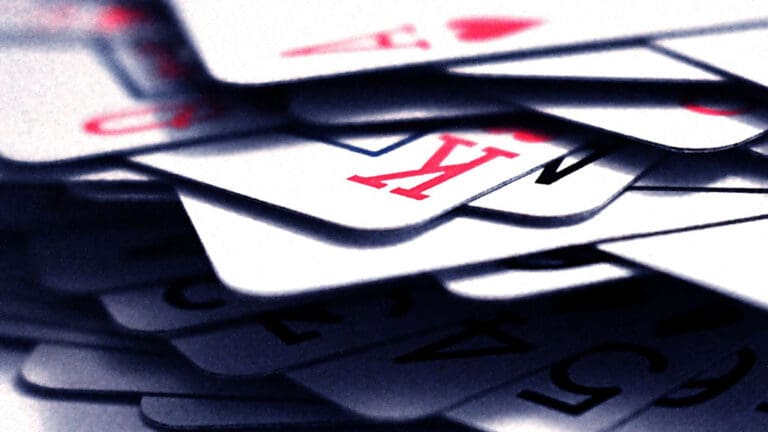Understanding Poker Hand Ranking
In order to master the game of poker, understanding the ranking of poker hands is absolutely crucial. This knowledge will not only help you make strategic decisions at the poker table but also assist you in identifying the worst poker hands. This section will provide a basic overview of poker hands and their respective rankings, as well as the importance of hand ranking in poker games.
Basics of Poker Hands
Poker hands consist of five cards, and their ranking is based on the rarity of the hand. The individual card values are also taken into account, with Aces being the highest and twos being the lowest. Here is a simplified ranking of poker hands, starting from the highest (Royal Flush) to the lowest (High Card):
| Hand | Description |
|---|---|
| Royal Flush | A, K, Q, J, 10, all the same suit |
| Straight Flush | Five cards in a sequence, all in the same suit |
| Four of a Kind | All four cards of the same rank |
| Full House | Three of a kind with a pair |
| Flush | Any five cards of the same suit, not in sequence |
| Straight | Five consecutive cards of any suit |
| Three of a Kind | Three cards of the same rank |
| Two Pair | Two different pairs |
| One Pair | Two cards of the same rank |
| High Card | When you haven’t made any of the hands above, the highest card plays |
For a more comprehensive guide on poker hand rankings, visit our article on poker hand rankings.
Importance of Hand Ranking in Poker Games
The importance of understanding hand rankings in poker cannot be overstated. It is the foundation upon which all poker strategies are built. By knowing which hands are the strongest, you can make more informed decisions about when to bet, call, or fold. It also helps you anticipate the moves of your opponents and estimate the odds of your poker hand winning against others.
Equally important is to know the worst poker hands. Identifying a bad hand early in the game can save you from making costly mistakes. If you know your hand is unlikely to win, you can choose to fold early and conserve your chips for more promising hands.
Hand ranking also plays a significant role in determining the payout in video poker games. The higher the rank of your hand, the higher the payout. Therefore, understanding the hierarchy of poker hands can potentially result in higher winnings.
In the next section, we will delve deeper into the worst poker hands and discuss the strategy implications of playing with such hands.
Worst Poker Hands: A Closer Look
To raise your poker game, understanding the worst poker hands is just as important as knowing the best poker hands. This knowledge can be the difference between making a winning move and losing your stake. Let’s take a closer look at these less-favorable hands.
High Card Hands
A high card hand, also known as a “no pair” hand, ranks as the lowest hand in poker. It happens when your hand does not contain any of the recognized poker combinations such as a pair, two pair, three of a kind, etc.
In a high card hand, the value of the hand is determined by the highest card. For example, if you have a hand of 3, 7, 10, King and Ace, your hand is an Ace high. Despite the presence of an Ace, without a pair or higher combination, it remains one of the worst poker hands you could be dealt.
 3♠️ | 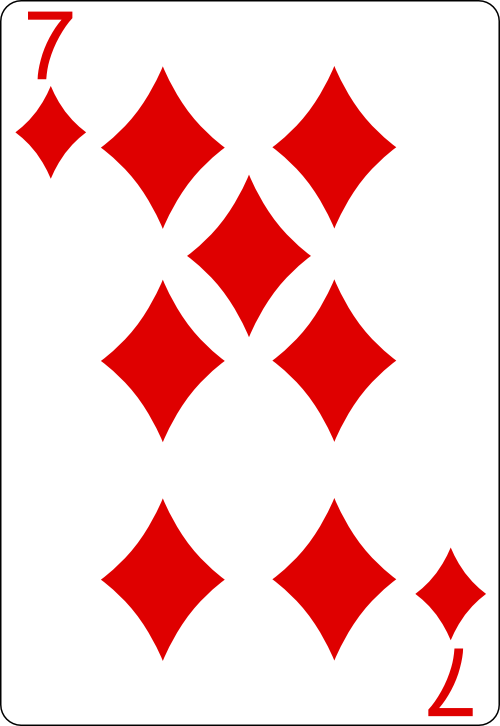 7♦️ |  10♣️ |  K♠️ | 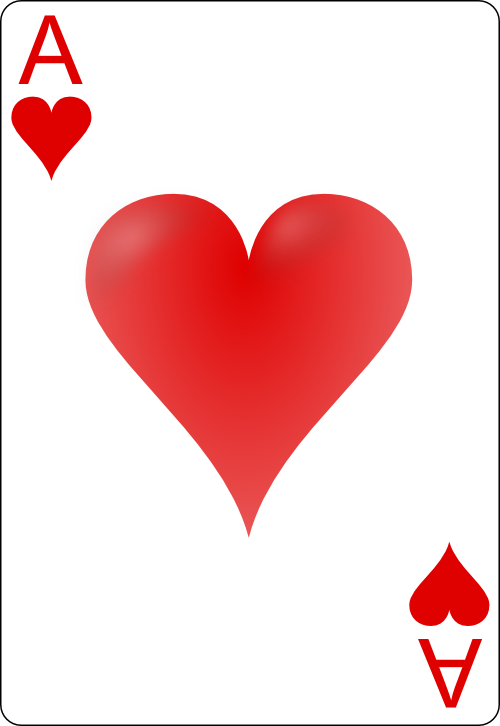 A♥️ |
| Hand | Rank |
|---|---|
| 3, 7, 10, King, Ace | Ace High |
| 2, 4, 6, 9, Queen | Queen High |
| 3, 5, 7, Jack, King | King High |
One Pair Hands
One pair hands are slightly better than high card hands but still rank low in the poker hand hierarchy. This hand consists of two cards of the same rank and three unrelated cards.
For example, if you have a hand of 10, 10, 4, 5, and Queen, you have a pair of tens. While you have a pair, without another pair or a three of a kind, your hand remains weak compared to other potential hands.
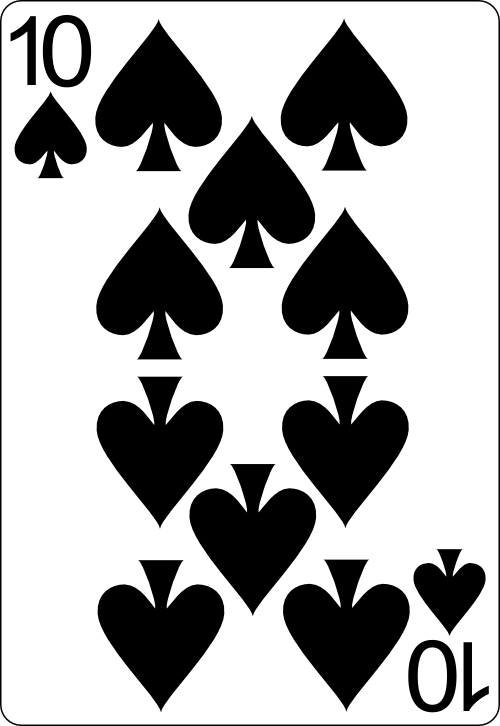 10♠️ |  10♦️ |  4♣️ |  5♠️ | 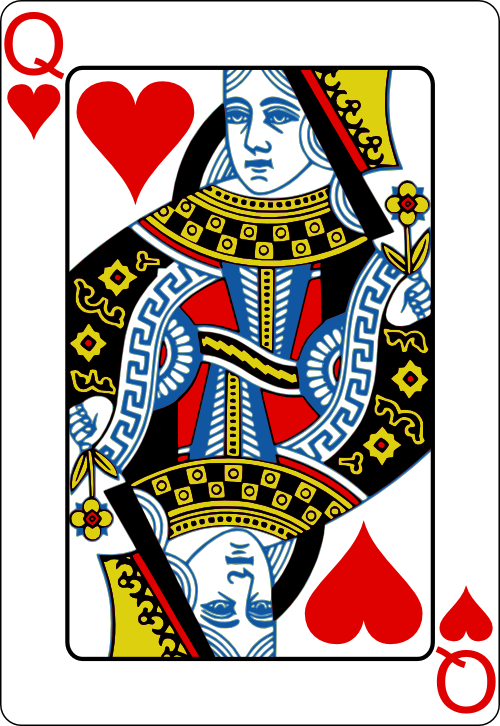  Q♥️ |
| Hand | Rank |
|---|---|
| 10, 10, 4, 5, Queen | Pair of Tens |
| 8, 8, 2, 6, Jack | Pair of Eights |
| 10, 10, 3, 5, King | Pair of Tens |
Two Pair Hands
A two pair hand, while stronger than the previous hands, still ranks lower in the list of poker hands. This hand consists of two different pairs and one unrelated card.
For instance, if you have a hand of 5, 5, 9, 9 and King, you have two pairs – fives and nines. While having two pairs improves your chances, without three of a kind or a straight, you may still find yourself with one of the worst poker hands relative to other players.
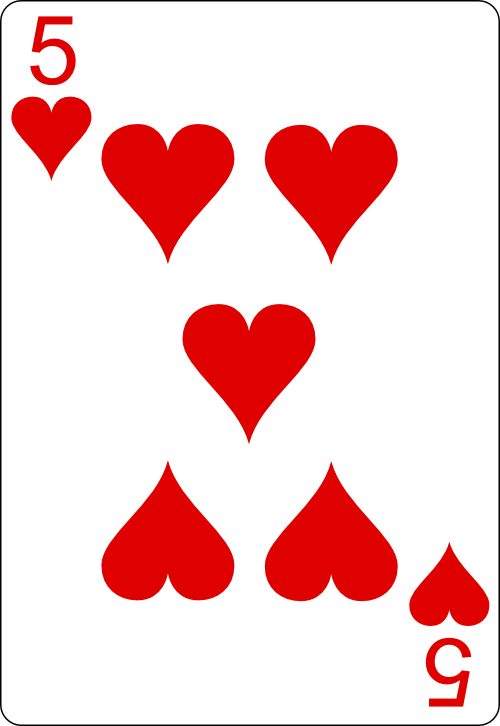  5♥️ |    5♠️ | 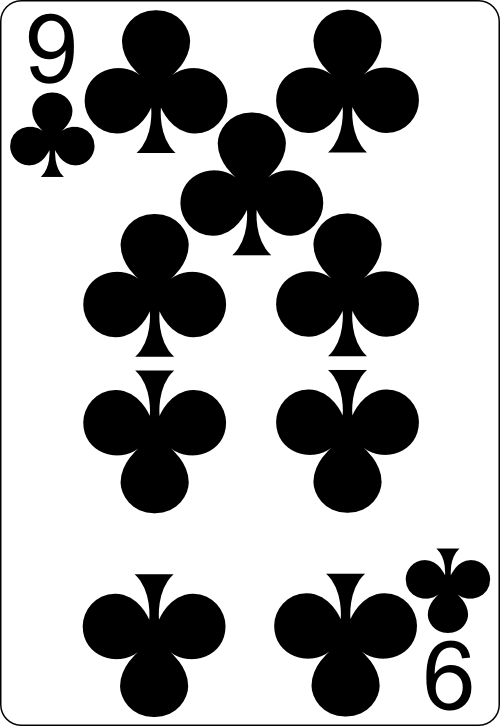  9♣️ | 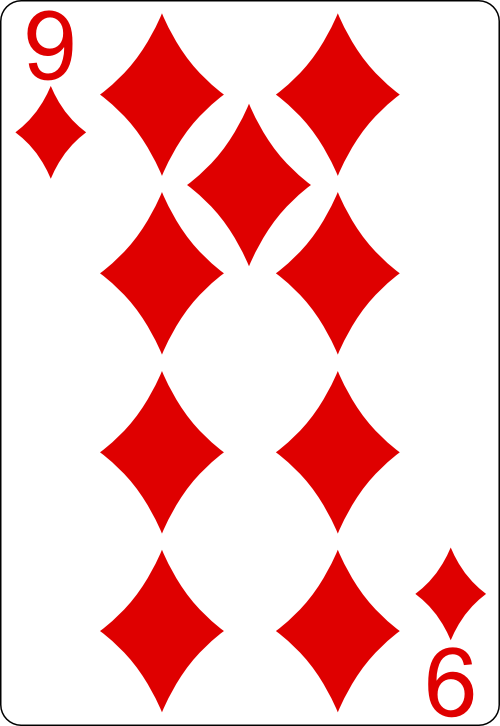  9♦️ |   K♦️ |
| Hand | Rank |
|---|---|
| 5, 5, 9, 9, King | Two pairs: Fives and Nines |
| 2, 2, 7, 7, Ace | Two pairs: Twos and Sevens |
| 6, 6, Jack, Jack, Queen | Two pairs: Sixes and Jacks |
Remember, understanding these hands and their ranking in the poker hand rankings is crucial for strategic game-play. It can guide your decisions on when to fold, bet, or bluff. Always bear in mind the poker hand odds to help manage your risk during the game.
Why Knowing the Worst Hands Matters
Understanding the worst poker hands is as significant as knowing the best poker hands. It aids in formulating strategies, assessing risks, and playing a defensive game. Here’s why it’s crucial:
Strategy Implications
Knowing the worst hands in poker allows players to formulate effective strategies. It helps them decide whether to fold early or bluff, depending on the situation. Recognizing a bad hand immediately can save a player from investing too many chips in a losing cause. A solid grasp of the poker hand hierarchy can lead to smarter decisions and increased chances of winning.
Risk Assessment
Risk assessment is a significant aspect of poker, and it directly relates to understanding the worst hands. If a player is aware of the weak hands, they can better evaluate the risk associated with continuing to play their hand. This knowledge can save players from significant losses in the long run and can help maintain a healthy chip stack. A firm understanding of poker hand odds can further assist in accurately assessing risks.
Playing a Defensive Game
When a player recognizes they’ve been dealt one of the worst poker hands, they can switch to a more defensive mode of play. This could include bluffing their way through the round or folding early to avoid losing more chips. Playing defensively doesn’t necessarily mean losing; it can often lead to preserving resources for subsequent rounds where the hands might be stronger. Visit our guide on poker hand strength to better understand how to play according to the strength of your hand.
In poker, knowledge is power. Understanding the best and worst hands, the hierarchy, and the odds can give players a significant advantage over their opponents. While it’s exciting to play a strong hand, knowing how to navigate when dealt one of the worst poker hands can be the difference between staying in the game and bowing out early.
Tips to Play With Worst Poker Hands
Despite holding some of the worst poker hands, a smart player can still stay in the game with the right strategies. This section delves into a few tactics you can employ when dealt with less-than-ideal poker hands.
Bluffing Strategies
Bluffing is a powerful tool in poker. However, it requires a solid understanding of the game, keen observation skills, and impeccable timing. By projecting confidence and implying a stronger hand, this strategy can intimidate opponents into folding.
With high card hands, one pair or two pair hands, a well-executed bluff could turn the tables. But remember, bluffing is a double-edged sword. Misused, it could lead to significant losses. Thus, it’s a strategy best reserved for specific situations and not a constant tool.
When to Fold
Another effective strategy when dealt with the worst poker hands is to know when to fold. Holding onto a poor hand in the hope of improving it can often lead to more losses than gains.
Recognizing when you’re beaten is crucial. If the hand doesn’t improve after the flop, it might be time to fold. This strategy minimizes losses and allows you to stay in the game longer. It’s all about playing smart and not letting ego dictate your decisions.
Reading Your Opponents
Understanding your opponents is as crucial as understanding your hands. Observing their betting patterns, body language, and reactions can give you insights into their hand strength. This knowledge can be useful in deciding whether to fold or bluff.
For example, an opponent who consistently raises might have a strong hand. Conversely, an opponent who often checks or calls might not be very confident in their hand. Use these observations to make informed decisions about your own worst poker hands.
Playing poker is not just about the cards you’re dealt, but how you play them. Even with the worst poker hands, strategic play can sometimes lead to unexpected victories. Remember, every hand has potential if played right. For more information on poker hand rankings, visit our guide on poker hand rankings.
Common Mistakes When Dealing with Bad Hands
When it comes to playing poker, understanding how to navigate the game when dealt with worst poker hands can be as crucial as knowing how to play the best ones. However, many players, especially beginners, often make common mistakes when dealing with poor hands. These mistakes can significantly affect their gameplay, leading to increased losses. In this section, we will discuss three common mistakes: overconfidence with high cards, misreading the table, and ignoring position factors.
Overconfidence with High Cards
A common mistake made by poker players is being overly confident when they have high cards in their hands, even if they do not form a strong combination as per the poker hand rankings. While high cards can sometimes win the game in the absence of better combinations, relying solely on them can be risky. This is especially true in games with multiple players, where the odds of someone else having a better hand significantly increase.
Misreading the Table
Another frequent error is misreading the table, i.e., incorrectly interpreting the community cards and the possible combinations they could create. This could lead to assuming that one’s hand is weaker or stronger than it actually is. For example, a player might underestimate a two-pair hand, considering it one of the worst poker hands, while the table might not have the cards to support a stronger combination. Understanding poker hand strength in the context of the table is crucial to avoid this mistake.
Ignoring Position Factors
The third common mistake is ignoring position factors. The player’s position at the table can significantly influence the strategy, especially when dealing with weaker hands. For example, those in early positions should be more cautious with bad hands, as many players are still to act, increasing the likelihood of facing a stronger hand. On the other hand, players in late positions can be slightly more aggressive, as they have more information about the other players’ actions.
In conclusion, avoiding these common mistakes when dealing with the worst poker hands can help players minimize their losses and make the most of their gameplay. It’s important to remember that poker is not just about the cards one is dealt with, but also about how one plays them. Be sure to check out our articles on best poker hands and poker hand odds to further enhance your poker strategy.

